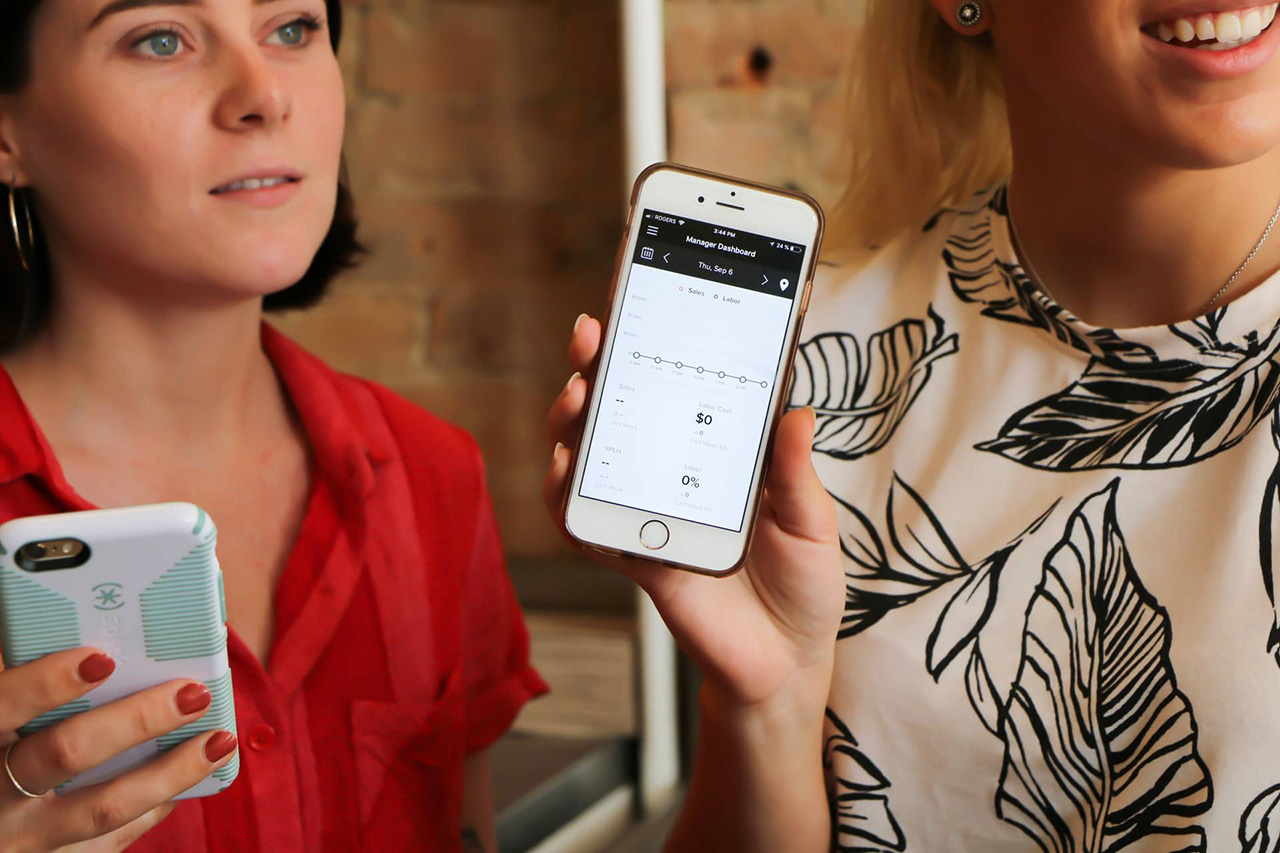Completion bias is the inner drive we have to complete tasks we’ve undertaken, and the resulting feeling of satisfaction we have when we know our task is done. If you’ve ever written down a to-do list, and enjoyed the pleasure of checking-off items on it, you’ve experienced Completion Bias. It’s also at the heart of some of the most effective behavioral design techniques leveraged for UX. Check out the video and read on to learn more.
How & Why it Feels Good to Complete Tasks
The feelings of satisfaction we associate with tasks, and the accompanying pleasurable sensations, are due to the release of the pleasure chemical Dopamine in our brain. These releases are our body’s way of rewarding us for task completion.
Task Completion – Evolutionary Behavioral Design
When we think about it from an evolutionary perspective, it’s a very good mechanism for our body to have – After all, for most of our existence our survival depended on our motivation to complete tasks.
Faced with the drudgery of food gathering, shelter making, child-care, and the endless list of other tedious tasks necessary to keep us and our children alive, at times it’s a wonder we don’t just give up.
Perhaps the chemically induced motivational boosts we receive, that make task completion pleasurable, are simply Mother-Nature’s way of practising behavioural design.
Shopping for Dopamine
But how does this relate to our lives today, when digital technology, culture and society have evolved much faster than our biology?
The motivational mechanisms governing our task-award system are easily duped by the complexities of the modern world. Our body is only too happy to give us Dopamine hits for tasks done, regardless of the actual effort we had to invest in them.
We’re living a reality where reward mechanisms, originally aimed at motivating us to hunt mammoths and gather berries, are being triggered by trivialities such as remembering to buy groceries and visiting the gym. To put it simply – Any task we complete, no matter how small and insignificant, can trigger a dopamine release.
Leveraging Task Completion in UX & UI
One of the areas where Completion Bias is leveraged with great effect is online.
Interfaces that give strong visual cues for task completion, such as games, forms, and check-out processes, are all examples – If you’ve ever played an online adventure, you’ve experienced completion bias. The joy you felt when Mario saved the Princess? That’s your Dopamine reward for completing the game.
An application of the same principle in a more business-oriented environment is Linkedin’s profile completion user experience. Throughout the process, the UX presents cues encouraging us to provide more and more of our personal information by presenting clear milestones and showing how close we are to completing them. Linkedin successfully drives us to provide more information than we’d normally want to. We’re so excited to get our Dopamine fix that we never stop to think about the implications of handing over our privacy.
Behavioral Design for Completion Bias in Mobile UX
The most prevalent and dangerous form of Completion Bias leveraging we subject ourselves to is literally in the palm of our hands. I’m of course referring to the notifications on our mobile phones. As with form completion, here too our mind perceives acknowledgement of notifications as task completion. Every notification we swipe away gives us a little Dopamine fix and a slight sense of accomplishment.
But there’s a catch.
As with any chemical, our brain gradually develops a tolerance for Dopamine. This means that as our Dopamine consumption increases, it takes us ever-larger doses to achieve the same level of “high”. With our phones ever-present this results in a cycle that quickly spirals out of control:
- We swipe notifications and get a Dopamine hit.
- The more Dopamine we get, the less effect it has on us.
- As a result, we increase our dosage by checking our phone more often or getting more apps.
Pretty soon we’re suffering from a full-blown Phone Addiction – an affliction already affecting nearly one in four youths in the developing world.
Behavioral Design Vs. Phone Addiction
A full-blown phone addiction is a serious condition that requires support from mental healthcare professionals, but an easy hack for those of us who, like myself, feel too attached to our devices is to simply choose to turn off all the notifications on the device.
With no notifications to swipe, the task completion Dopamine release cycle is broken. As we become accustomed to no longer getting our Dopamine fix from our phone, the addiction may subside.


